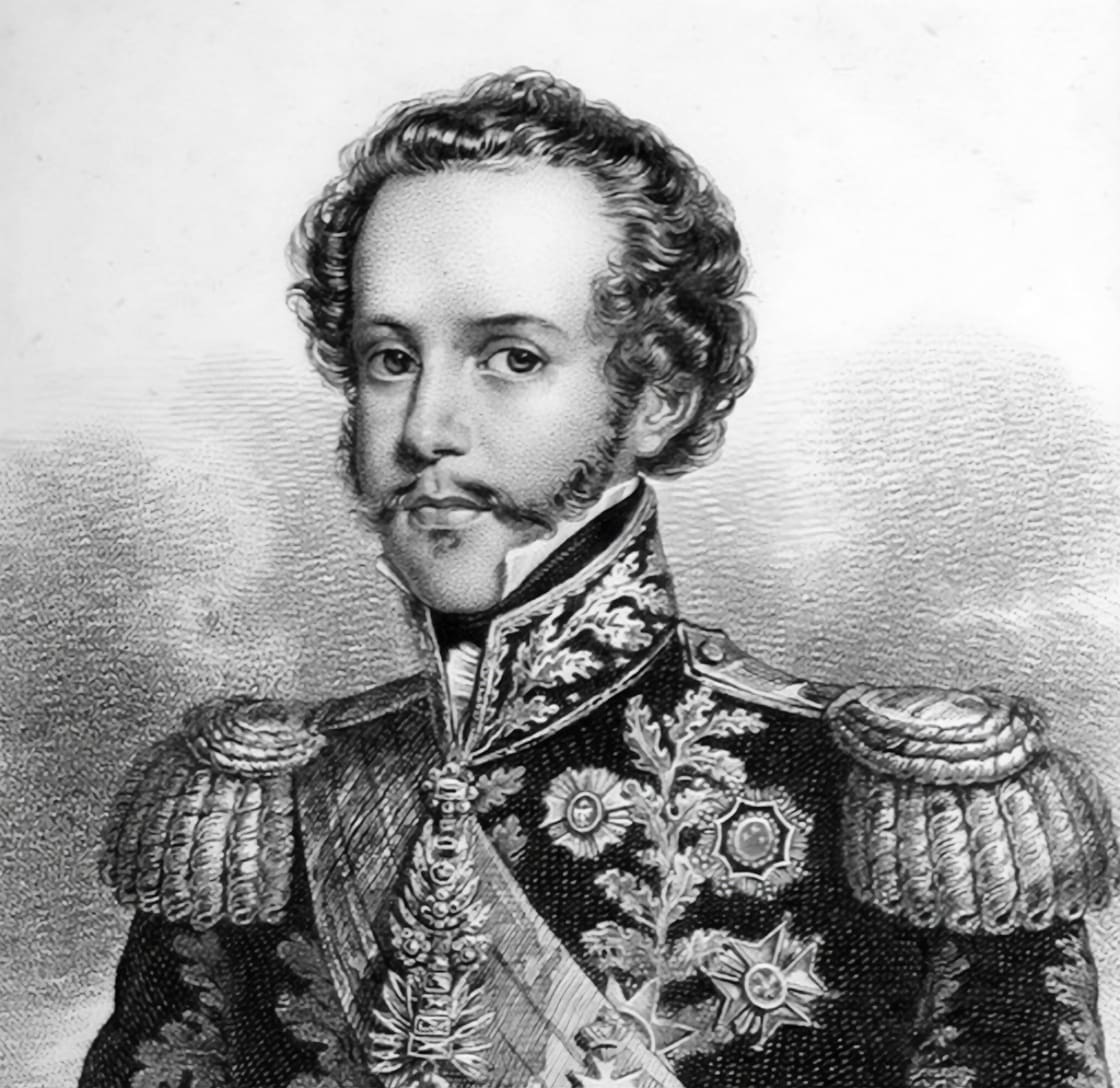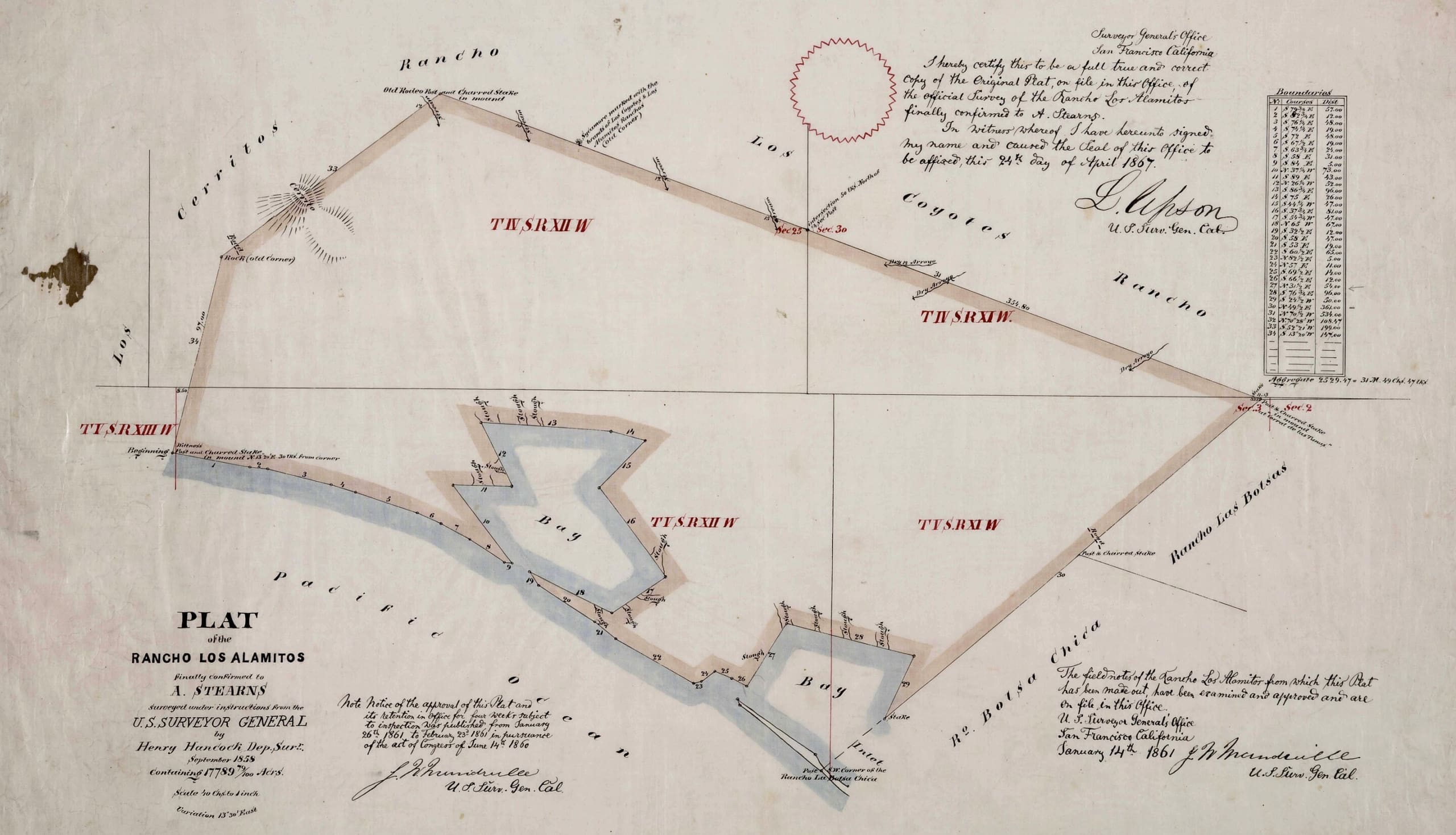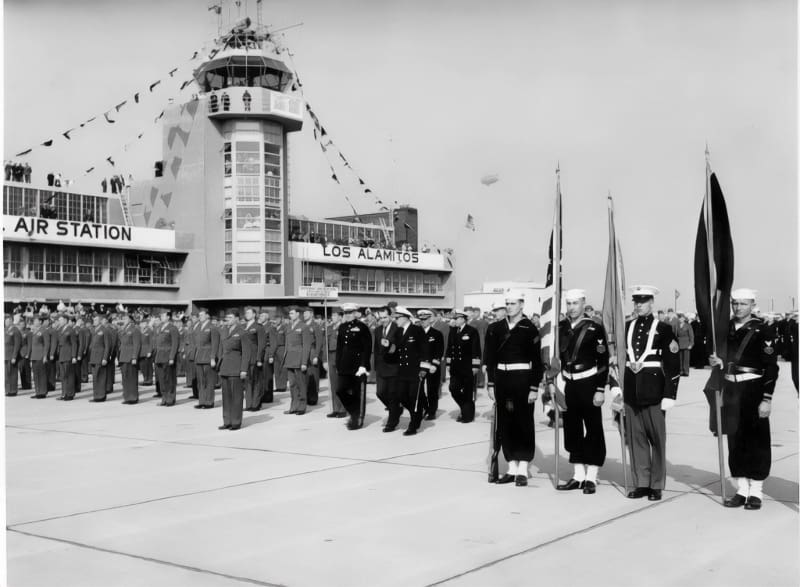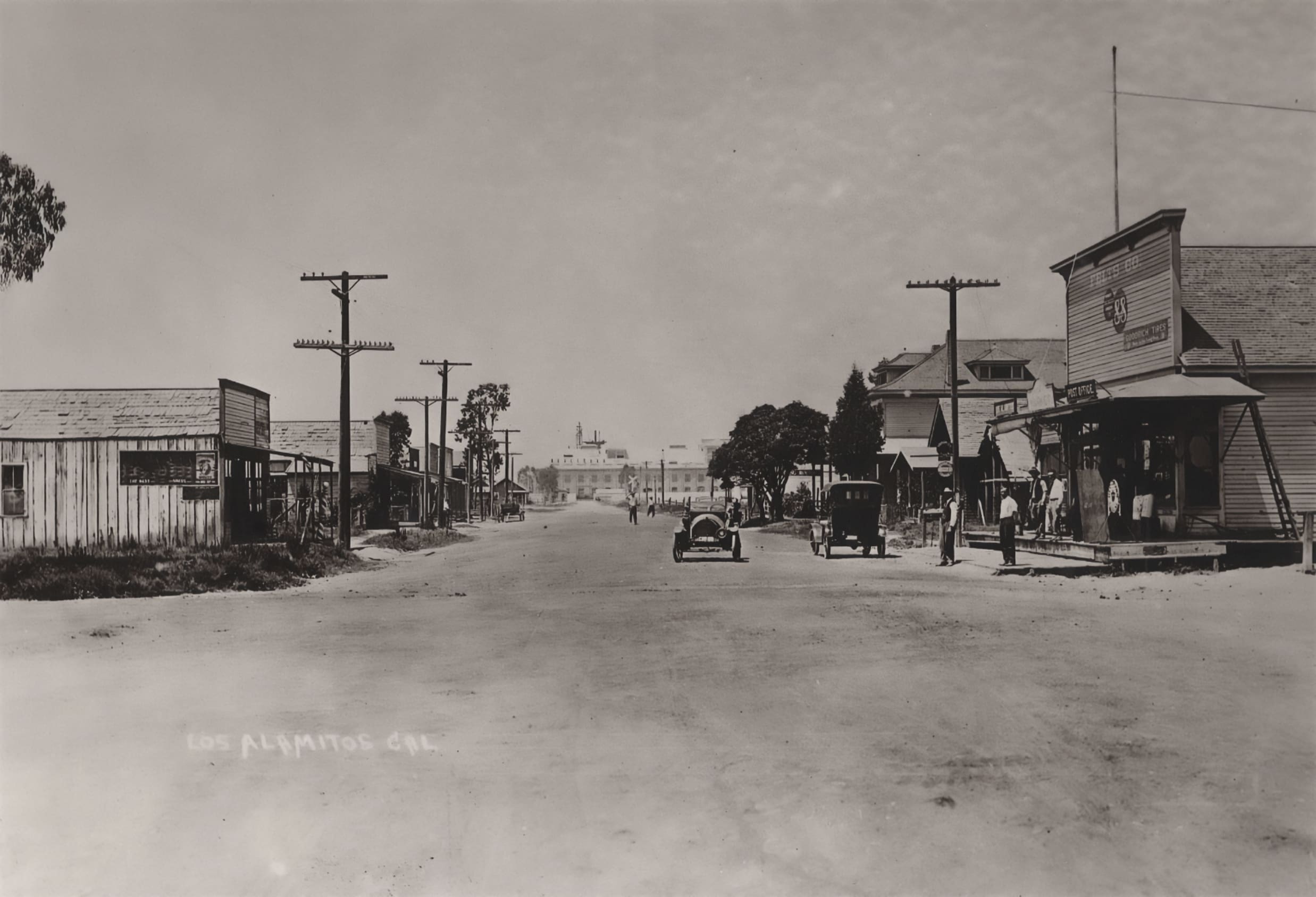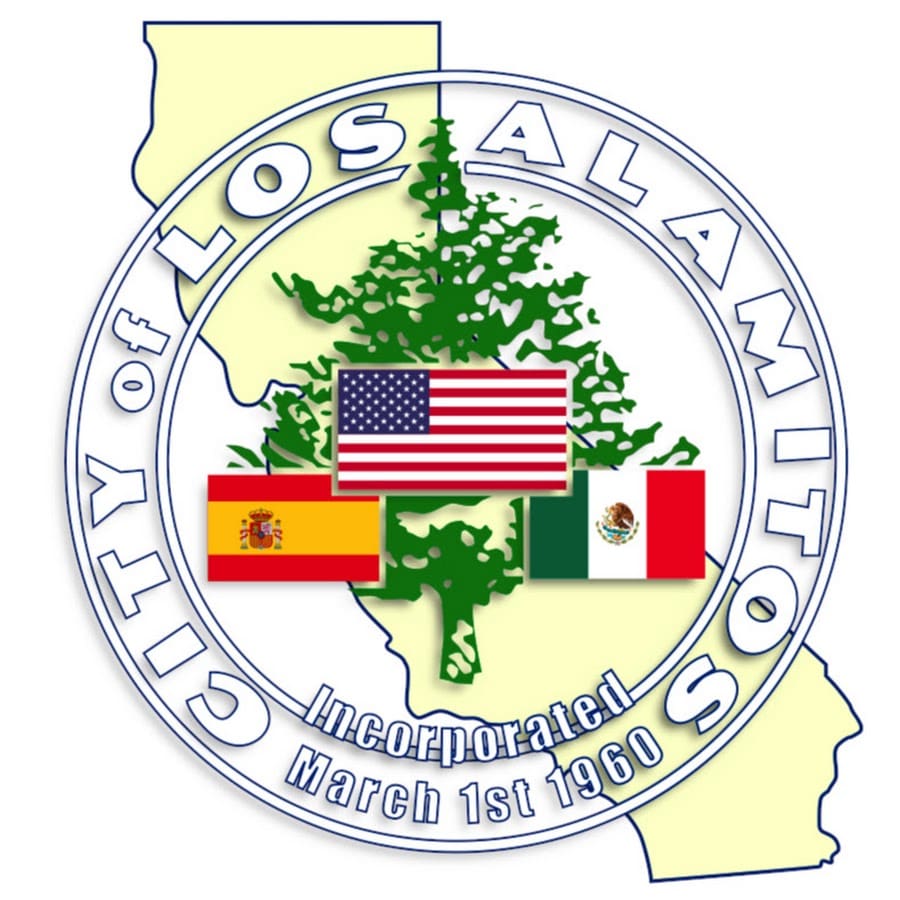On March 1, 1960, Los Alamitos became an officially chartered city. Fondly referred to as “A Jewel of a City,” Los Alamitos maintains its small-town charm while offering excellent recreational facilities, a stellar police department, and a vibrant Chamber of Commerce.
The city’s seal, designed by longtime resident William A. Daniels, reflects its rich history, and the official flower, the daisy, was nominated by a young resident in honor of his mother’s favorite bloom.
With outstanding schools, welcoming neighborhoods, and its location at the crossroads of major freeways, Los Alamitos stays connected to its historical roots while looking forward to a promising future as a cherished community.

